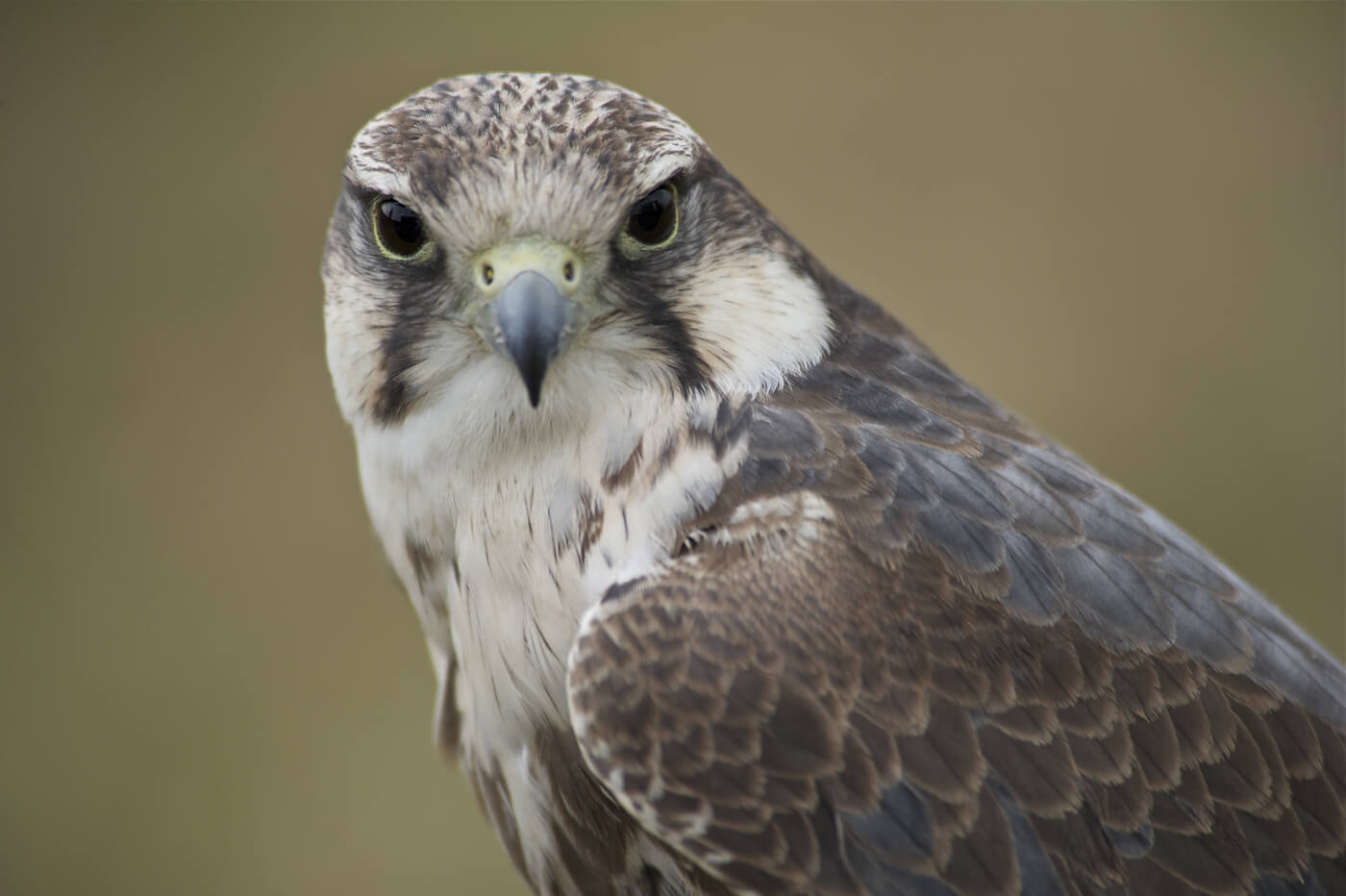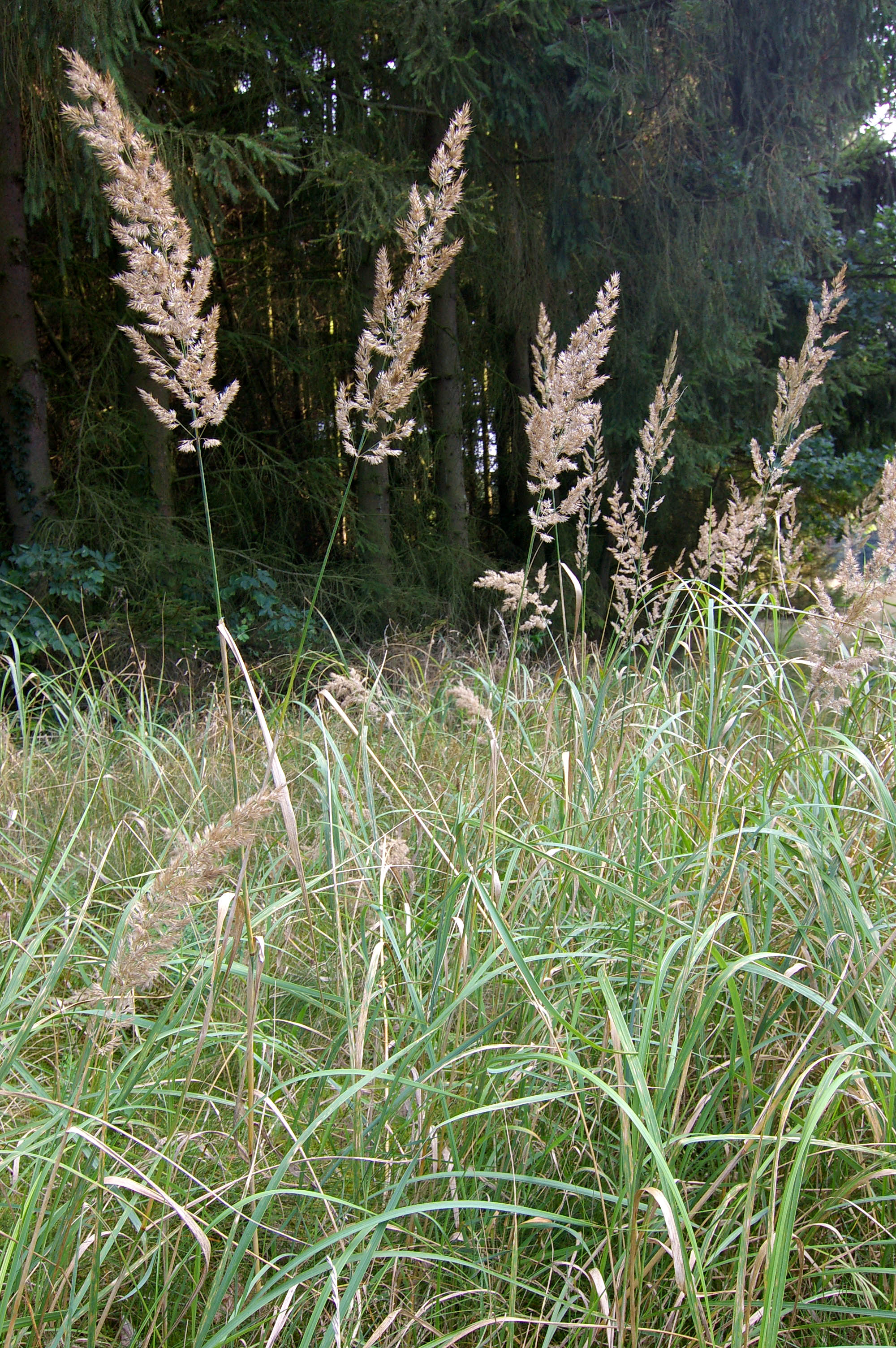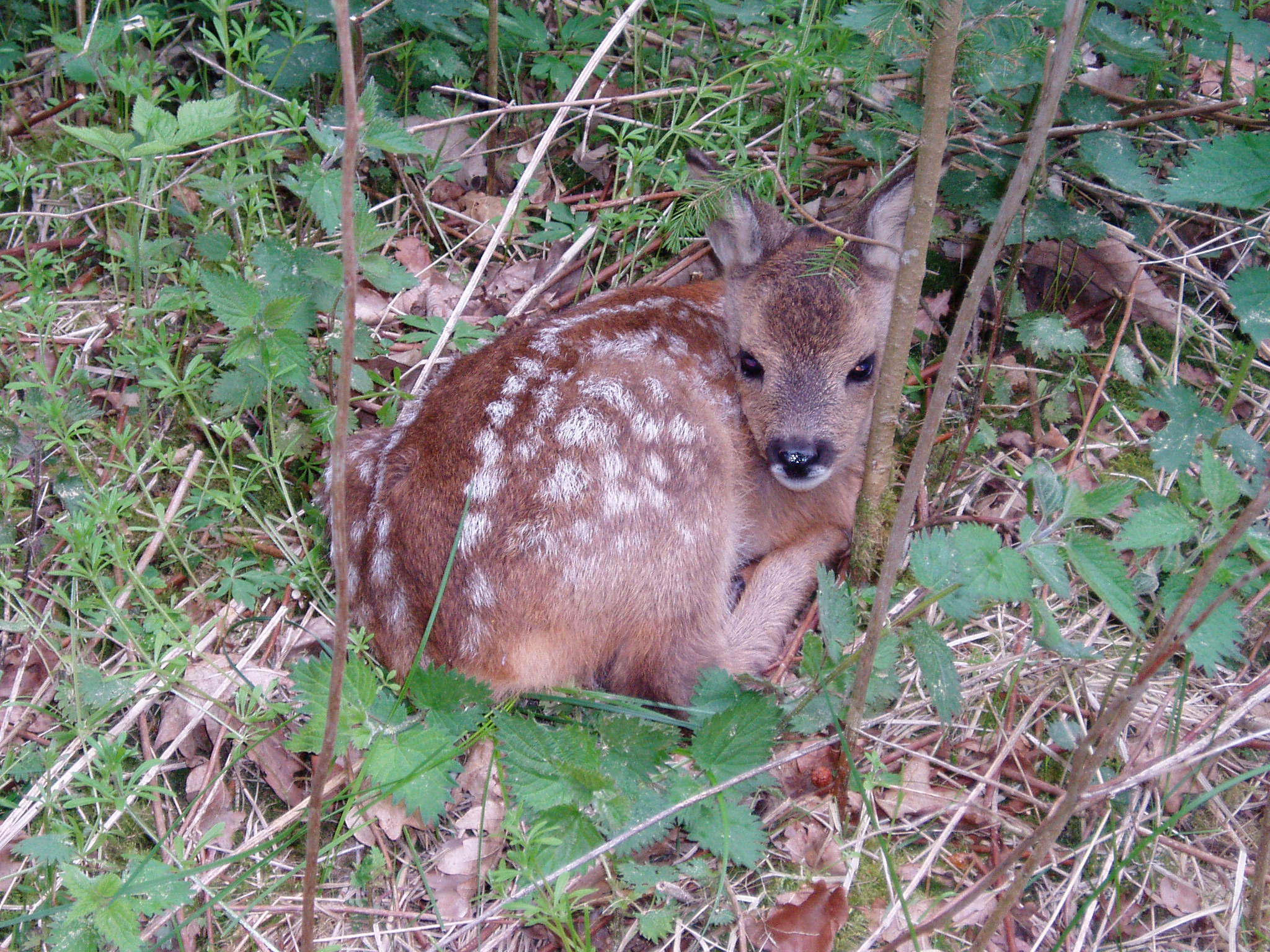South Siberian Forest Steppe
The ecoregion’s land area is provided in units of 1,000 hectares. The conservation target is the Global Safety Net (GSN1) area for the given ecoregion. The protection level indicates the percentage of the GSN goal that is currently protected on a scale of 0-10. N/A means data is not available at this time.
Bioregion: Sayan Mountain Conifer Forests, Alpine Meadows & Steppe (PA36)
Realm: Central Eurasia
Ecoregion Size (1000 ha):
16,223
Ecoregion ID:
738
Conservation Target:
25%
Protection Level:
2
States: Russia
On the vast, low-lying plains of south-central Siberia, the threatened saker falcon can be found soaring across the patchwork of grasslands and forests. The saker falcon is sought after for its prowess as a highly maneuverable and aggressive hunter and it is often captured for falconry. Among the other threatened species in this region are the critically endangered yellow-breasted bunting which can be found nesting at ground-level in the open grasslands.

The flagship species of the South Siberian Forest Steppe ecoregion is the saker falcon.
The South Siberian Forest Steppe covers 162,232 km2 and is made up of four patches of a mix of grasslands and sparse forest in a thin band of lowland terrain. The largest of the four stretches along plains and lowlands (0–200 m) from the east of the Ob River in Novosibirsk Oblast (a federal subject of Russia), north of the Western and Eastern Sayan mountain range and south of the Krasnoyarsk Krai (also federal subject).
The three smaller patches are found in the lower plateaus and elevated plains (200–800 m) and lie in the Irkutsk Oblast, west of Lake Baykal. The climate is mainly continental and dry without a wet season and warm to cold summer. The annual average temperature is 0.6°C, with a maximum average temperature of 22.3°C and a minimum average of -24.7°C. The average precipitation is 543 mm/year.

Calamagrostis Epigejos. Image credit: Christian Fischer, Creative Commons
The existing forest-steppe patches in this ecoregion are made of birch, aspen, and oak. On the West Siberian Plain, where the largest patch is found, common plants include the Asian globeflower, cow parsnip, tor-grass, stone bramble, and many others. In terms of fauna, the distribution of the vulnerable and regionally rare aquatic warbler overlaps with this ecoregion, but its breeding populations may be now extinct.
The critically endangered yellow-breasted bunting has a broad breeding population distribution, but it is declining in several localities due to land-use transformation by agriculture and illegal trapping in passage and non-breeding areas. Also endangered are the Saker falcon, the far eastern curlew and the white-headed duck. The saker falcon, in particular, is captured for falconry, especially the breeding birds, which are sold to wealthy middle-easterners.

Roe deer. Image credit: Jan Bo Kristensen, Creative Commons
This ecoregion has undergone a lot of human-induced pressure, and the landscape is dominated by arable lands, fallow, forestry and pastures. Only 20–30% of the steppes in Siberia are mostly unchanged, and much of the area that has been historically and intensively used for agriculture has lost its ability to recover. The region is not densely populated, with only 0.13 inhabitants per hectare, but it is very fragmented by intense agriculture. There are several protected areas and Important Bird Areas in this region, such as the Khakass (or Khakassky) State Natural Reserve.
In these regions, vegetation is represented by desertified, real, meadow, rocky, and solonetzic steppes. Vegetation is sparse and squat with a dominance of panzeria, thyme, wormwood, and others. The Steppe Polecat can be found here as well as the Roe Deer and wolf which come to forage in the reserve.
The Perovo lake IBA is one of the few with some information. It houses breeding populations of the saker Falcon and of the critically endangered Yellow-breasted Bunting. Threats here include hunting and the capture of animals, as well as human disturbances from recreational activities. This partially overlaps with the forest-steppe portion of the Sushensky Bor National Park where the Brown Bear is found in the mountains.
The Forest Steppe has suffered a loss of fallow land and productivity due to intense pressure from industrial-sized agriculture interventions, including the use of chemical products as pesticides and fertilizers. This pressure has led to soil degradation and exposure to wind and water erosion.
Poaching, over-harvesting of wild plants for food and medicine, and other excessive use of natural resources have caused local extinctions of important species. These issues have a direct impact on the region's biodiversity and loss of the ecosystem's ability to recover.
Priority conservation actions for the next decade
- Support the application of ecologically safe agricultural technologies with less harmful products to nature and the soil to help recover ecosystems.
- Enhance the management effectiveness of protected areas and create ecological networks (e.g., corridors and stepping stones).
- Strengthen environmental laws and combat illegal use and trade of wildlife.
-
-
- Ermakov, N., Maltseva, T. and Makunina, N. 1999. Classification of meadows of the South Siberian uplands and mountains. Folia geobotanica. 34(2), pp.221-242.
- Stretesky, P.B., McKie, R.E., Lynch, M.J., Long, M.A. and Barrett, K.L. 2018. Where have all the falcons gone? Saker falcon (Falco cherrug) exports in a global economy. Global ecology and conservation. 13, p.e00372.
- Russian Federation. 2014 Strategy and Executive Plan for the Conservation of Biodiversity within the Russian Federation.
-
Cite this page: South Siberian Forest Steppe. Ecoregion Snapshots: Descriptive Abstracts of the Terrestrial Ecoregions of the World, 2021. Developed by One Earth and RESOLVE. https://www.oneearth.org/ecoregions/south-siberian-forest-steppe/
-

.png?auto=compress%2Cformat&w=300)

